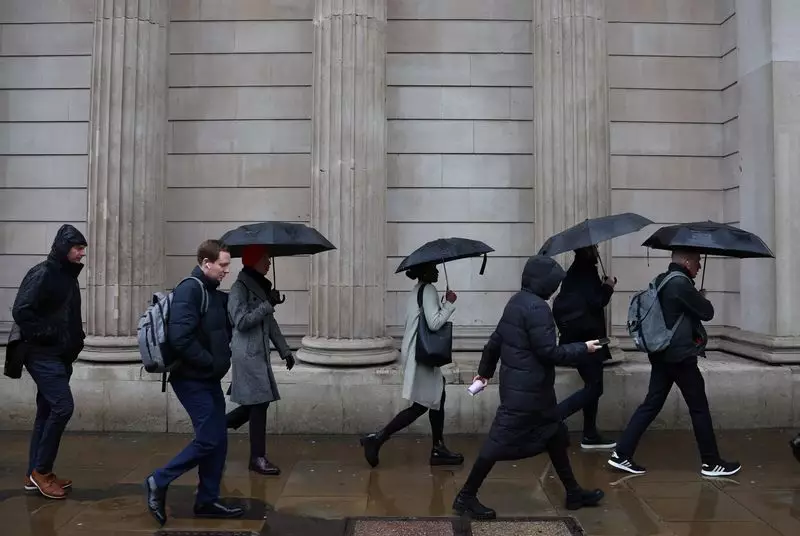Recent developments in the UK’s labour market have raised concerns among economists and industry leaders alike. A survey conducted by the Recruitment and Employment Confederation (REC) and KPMG illustrates a notable deceleration in wage growth, indicating that the job market may be cooling off significantly. The index measuring starting pay for permanent roles in the country edged down to 52.5 in October from 52.8 in September, marking the lowest point since early 2021, during the height of the pandemic. This decline in wage growth not only reflects employers’ cautious approach to compensation but also hints at larger economic strains influencing their decisions.
The latest REC survey highlights a concerning trend regarding permanent placements, which saw a decrease to 44.1 from 44.9 in the previous month. This downturn is the most pronounced since March, suggesting companies are increasingly reluctant to expand their workforce. The hesitation is exacerbated by uncertainty surrounding fiscal policies, particularly in light of the new Labour government’s budget unveiled by finance minister Rachel Reeves. With Britain’s economy bracing for tax increases amounting to £40 billion, which includes elevated social security contributions and a rise in the minimum wage, businesses appear apprehensive about committing to new hires.
Amidst these developments, the Bank of England (BoE) is closely monitoring wage trends as a crucial component in assessing inflationary pressures within the economy. The recent decision to cut borrowing costs by 0.25% to 4.75% indicates an effort to bolster business confidence. However, REC chief executive Neil Carberry argues that the current pay data do not strongly support a move away from interest rate reductions. The bank’s approach appears to be intentional, aiming for gradual adjustments rather than sweeping changes to monetary policy.
Occupational vacancies are on a downward trajectory, falling for the twelfth consecutive month, a signal of reduced demand for labour. Meanwhile, the candidate pool is expanding, marking the twentieth month of increased job seekers. Employers are experiencing a notable rise in the availability of temporary staff, the most significant surge in nearly four years. This growing influx of candidates can often be interpreted as a response to diminishing job security and opportunities, leading potential employees to seek temporary roles rather than stable, permanent positions.
As UK companies grapple with the fallout from recent fiscal policies alongside shrinking wage growth and a tempering job market, the outlook remains precarious. Industry leaders, such as KPMG’s Jon Holt, underline the expectation that businesses may adopt a more cautious hiring strategy, leaning towards minimizing expenditures as they confront new financial realities. The interplay of taxation, wage growth, and economic confidence will define the trajectory of the UK labour market in the coming months, leaving both employees and employers in a state of uncertainty.

